Planning your vegetable garden is easier than it sounds, and saves you time and money when planting your garden. One thing to keep in mind is that vegetables grow in different conditions and seasons, which means it’s important to plant your veggies at the proper time!
Common Cool Season Vegetables
When planning your vegetable garden for Spring, start with some cool-season vegetables. Planting these before your warmer season veggies allows you to have tasty vegetables as early as March, well before Summer favorites such as tomatoes, peppers, and squash. Cool-season veggies can range from root vegetables to leafy greens. You can pick these up from your local garden center as starters or grow them from seed.
Here are some of our favorites:
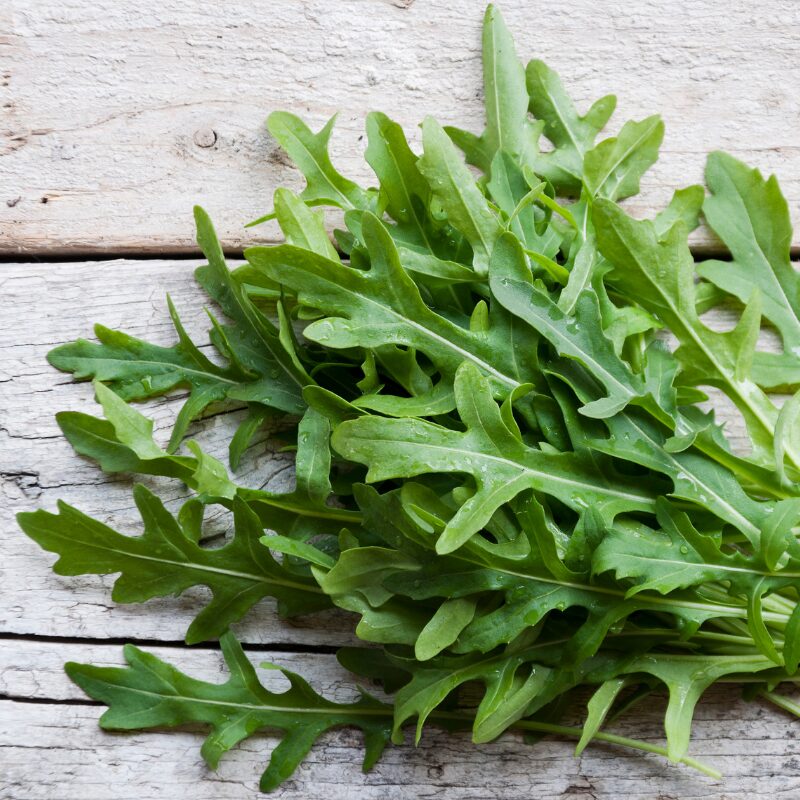
Arugula – Sow seeds in the garden as soon as soil can be worked in spring. They will germinate in about 7 days and are ready to harvest in 3 to 4 weeks. For a continuous harvest, sow seeds every 2 weeks until temperatures heat up.
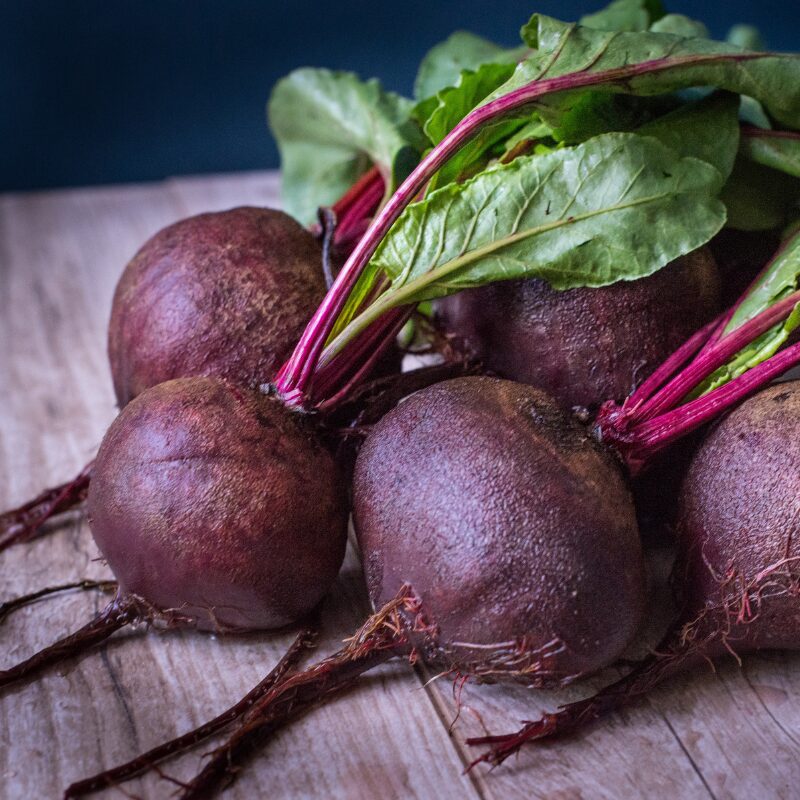
Beets – Sow seeds in early spring as soon as the soil can be worked. Beets prefer well-drained, sandy soil. Avoid high nitrogen fertilizers as this will encourage top growth at the expense of root development. As with all root crops, good soil aeration is key to uniform, robust development. Consistent moisture is also important. Keep areas weed-free to avoid competition for nutrients.
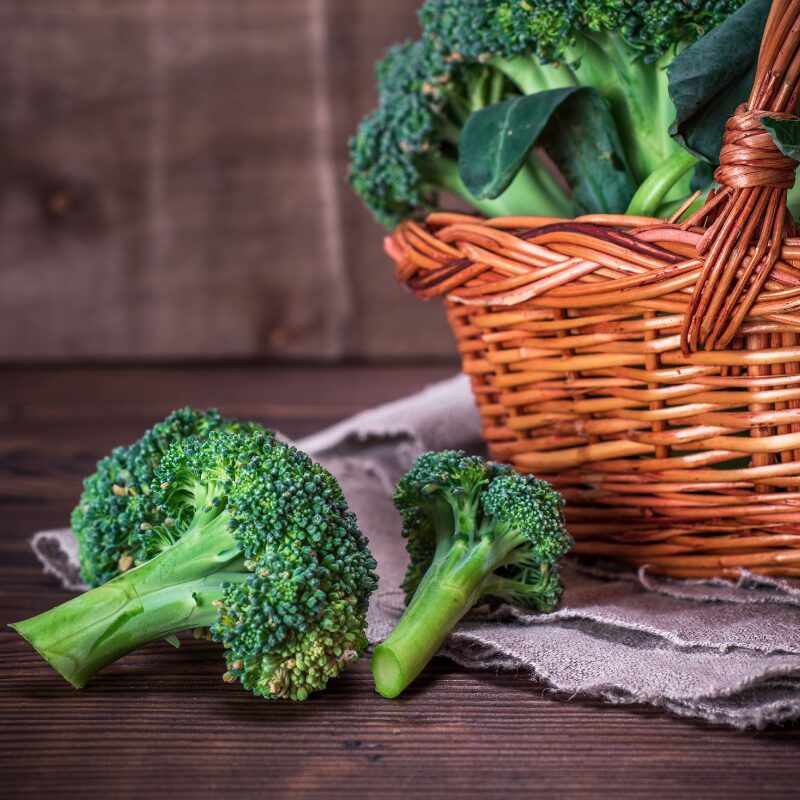
Broccoli – Broccoli seed can be sown directly in the garden 4 weeks before the last frost date in your area or set out transplants 2 weeks before the last frost date. The ideal daytime temperature for broccoli is between 65 and 80 degrees. Feed the plants 3 weeks after transplanting into the garden. Use a low nitrogen fertilizer.
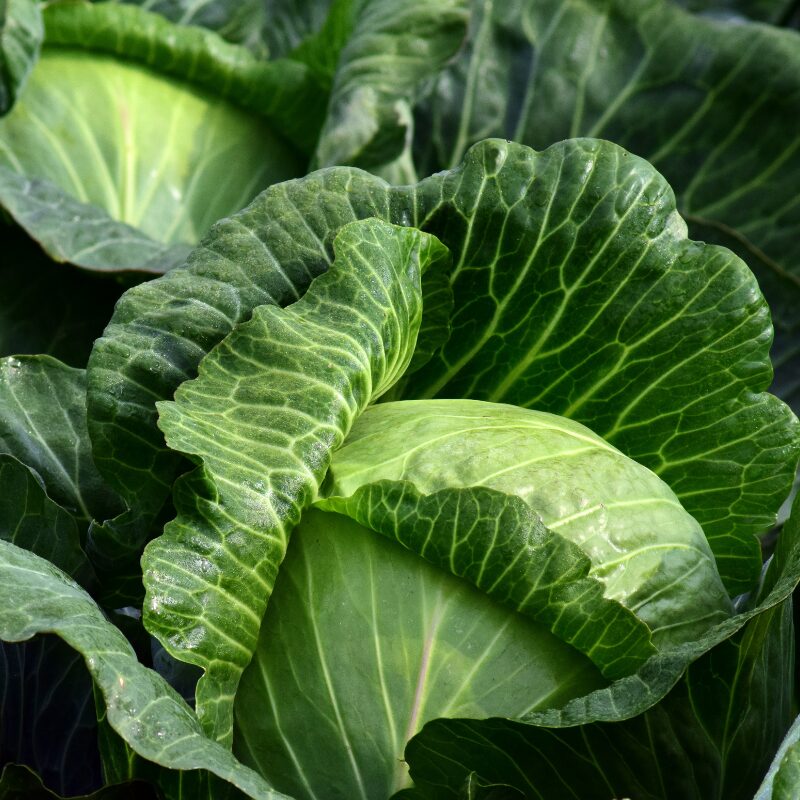
Cabbage – Start seeds indoors 6 to 8 weeks before the last frost date or plant transplants in the garden 2 weeks before that date. Direct sow in the garden immediately after the last frost date. Cabbage plants are heavy feeders that require fertile soil rich in organic matter and consistent moisture.
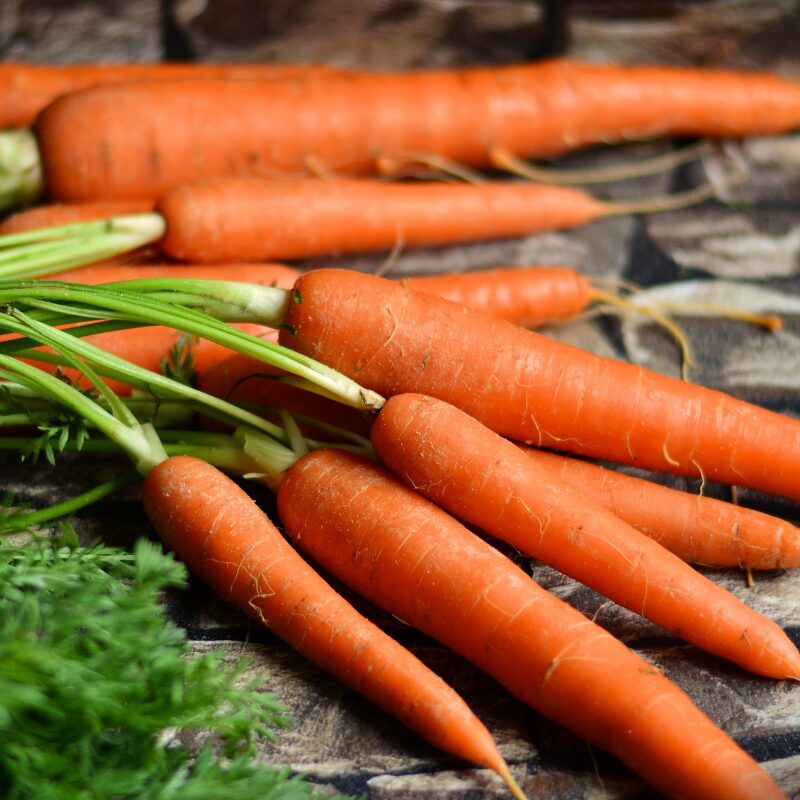
Carrots – Sow seeds in spring about 2 weeks before the last frost date. Carrots need deep, loose soil to form a robust root. Keep the bed weeded to avoid competition for nutrients from other plants. Too much nitrogen will result in forked roots. When the seedlings are about 2-inches tall, thin them so there is about 1 to 4-inches between them. Cover the shoulders with mulch or soil to keep them from turning green and bitter.
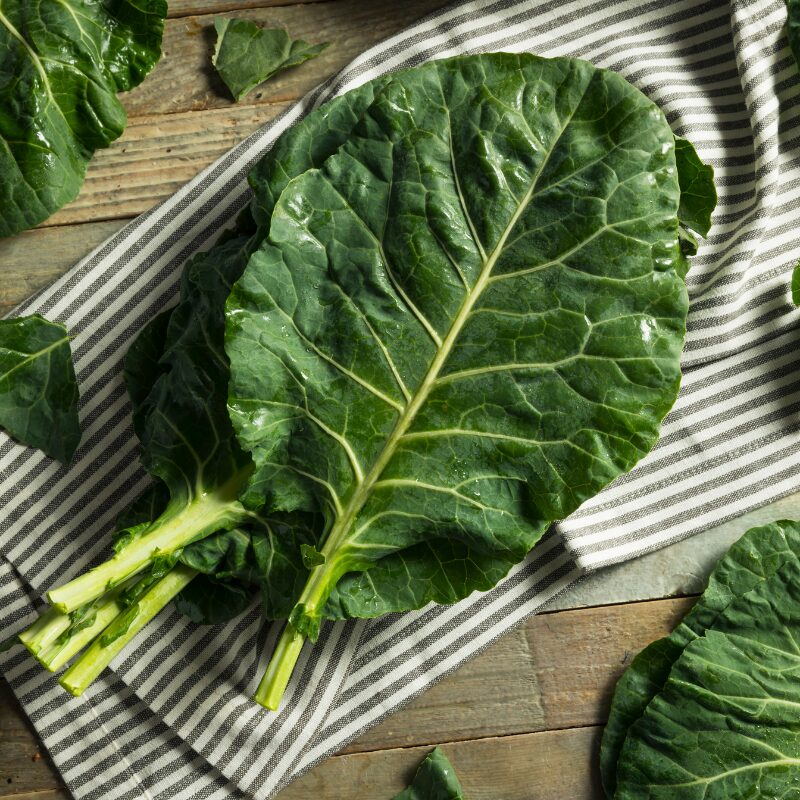
Collards – Collard transplants can be planted 4 to 6 weeks before the last frost date in your area. Plant in fertile, well-drained soil with a pH of 6.5 to 6.8. Rich soil encourages rapid growth and tender leaves, which are the best-tasting collards.
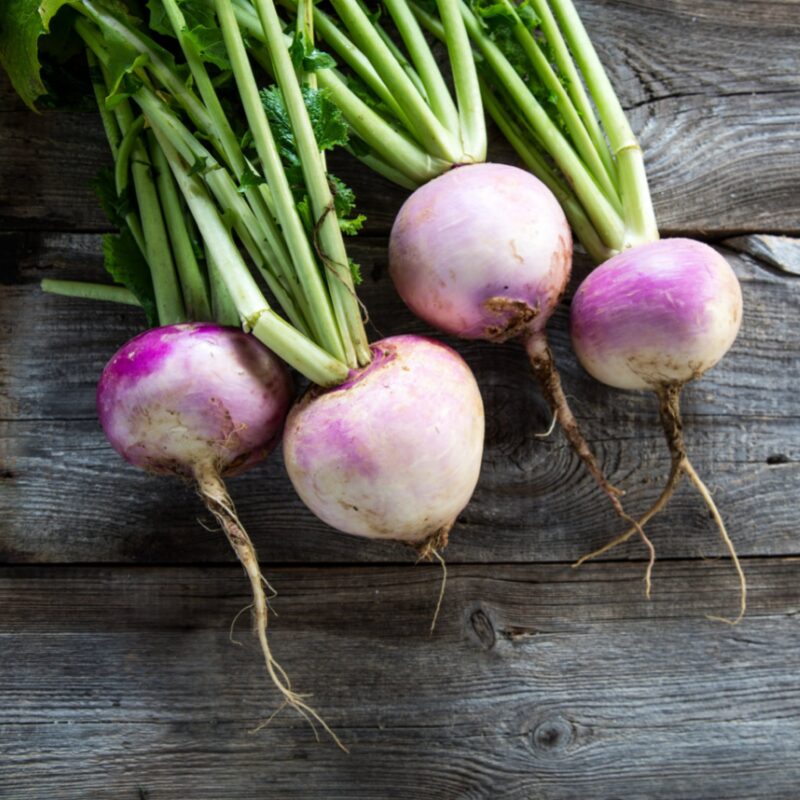
Turnip – Plant 2 weeks before the last frost date. Any well-drained soil will do. Consistent moisture is key for healthy root development. Although it is not necessary, the greens will be the most tender if you plant in fertile soil.
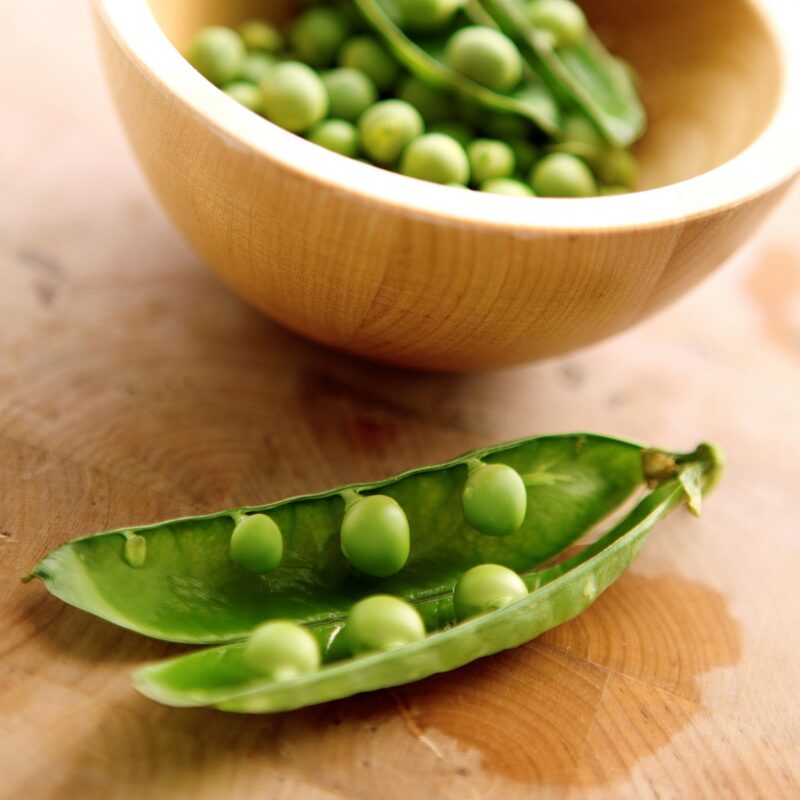
English Peas – Direct sow in the garden 4 to 6 weeks before the last frost date in your area. They will germinate in soil temperatures as low as 40 degrees F. Seedlings will survive late snow and short periods of temperatures down to 25 degrees F.
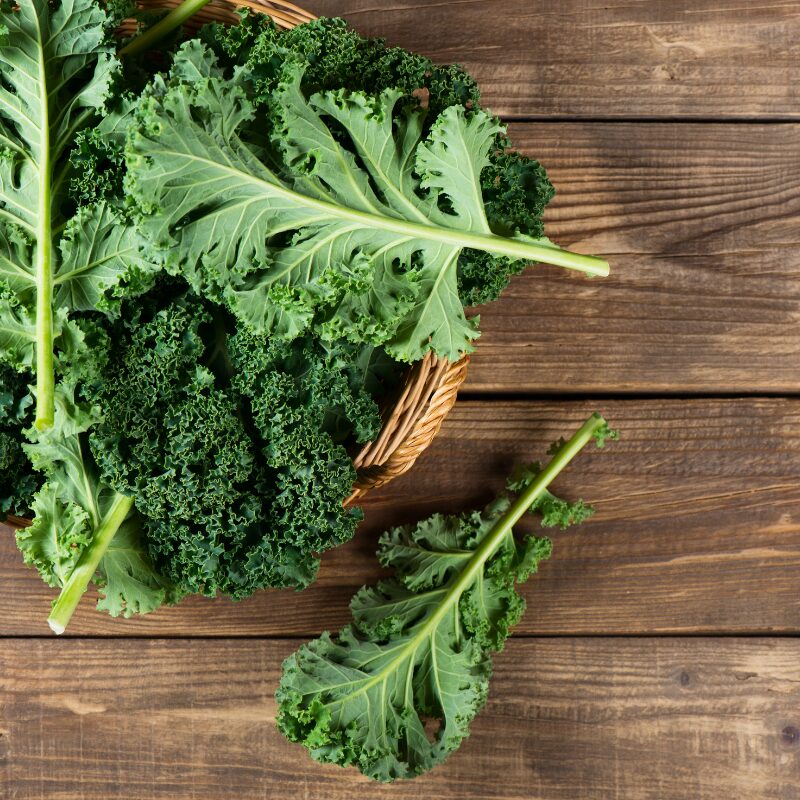
Kale – You can plant kale in early spring, about 3 to 5 weeks before the last frost date. Cover with frost blankets during severe cold. Similar to collards very fertile soil is ideal to encourage rapid growth and tender leaves.
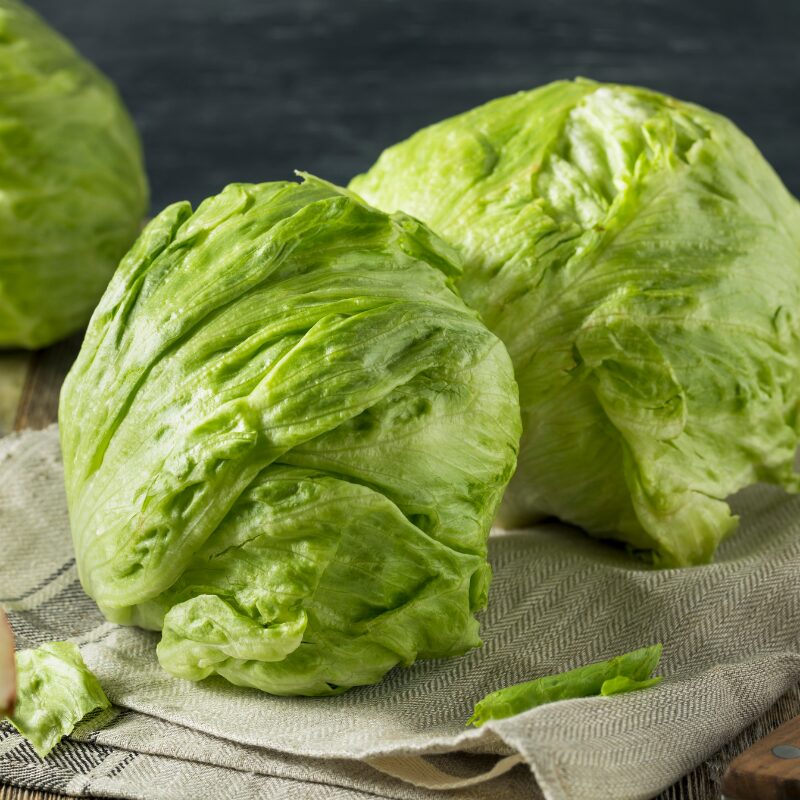
Lettuce – Sow lettuce any time in spring when the soil is workable. Lettuce is more sensitive to cold than other cool-season vegetables and should definitely be covered during cold snaps. The ideal daytime temperature is between 60 and 70 degrees. Fertilize with fish emulsion, which is high in nitrogen. Lettuce will grow in partial shade and actually appreciates the shelter from the intense late spring sun.
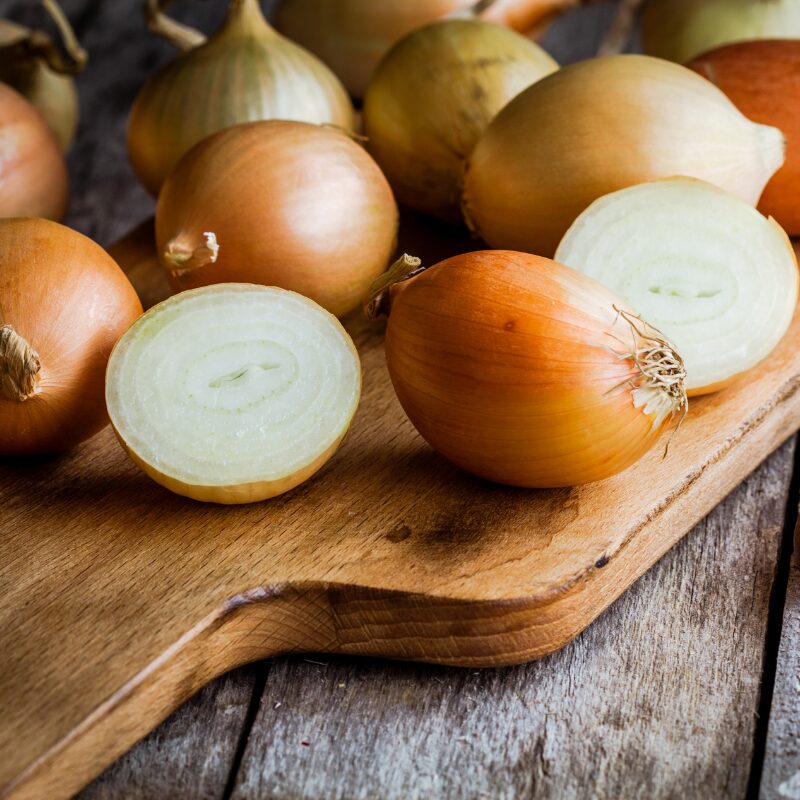
Onions – Onions can be grown from sets, small bulbs, or transplants, which look like scallions and come in a bundle of 60 or so. Either method should be planted in early spring as soon as the soil is workable. Long-day varieties are suitable for Northern gardens and short-day varieties can be planted in the South. Place time-release fertilizer in the planting hole so that it is close to the roots. Follow the fertilizer’s label directions.
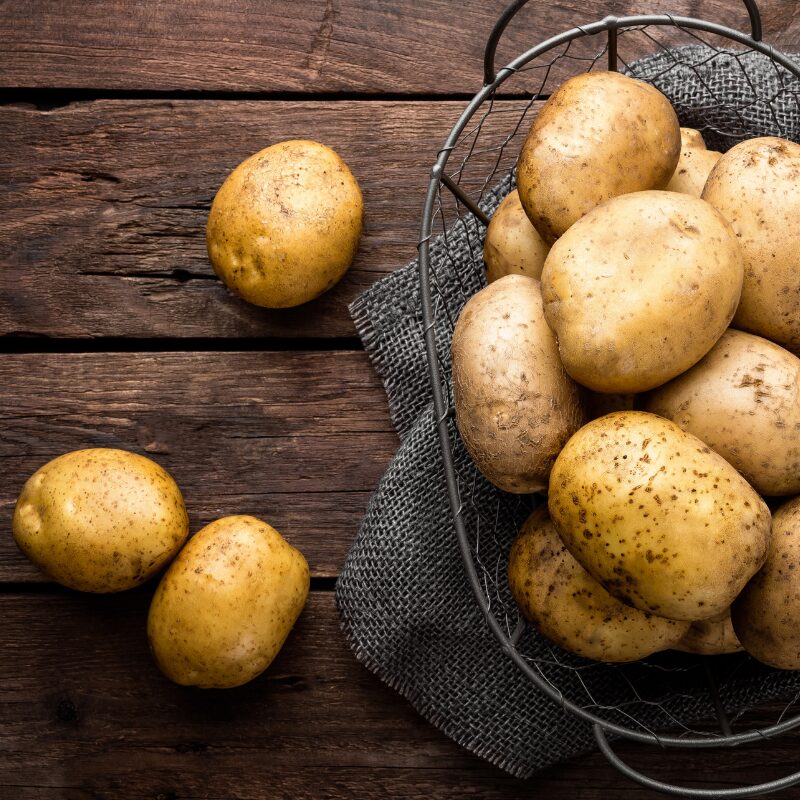
Potatoes – Greening of grass is a good indicator of when to plant potato sets, dried potato pieces with 2 to 3 eyes. In my zone 7 garden that occurs in March. Soil should be loose, fertile, and well-drained. As the tubers mature, cover with soil to prevent burning.
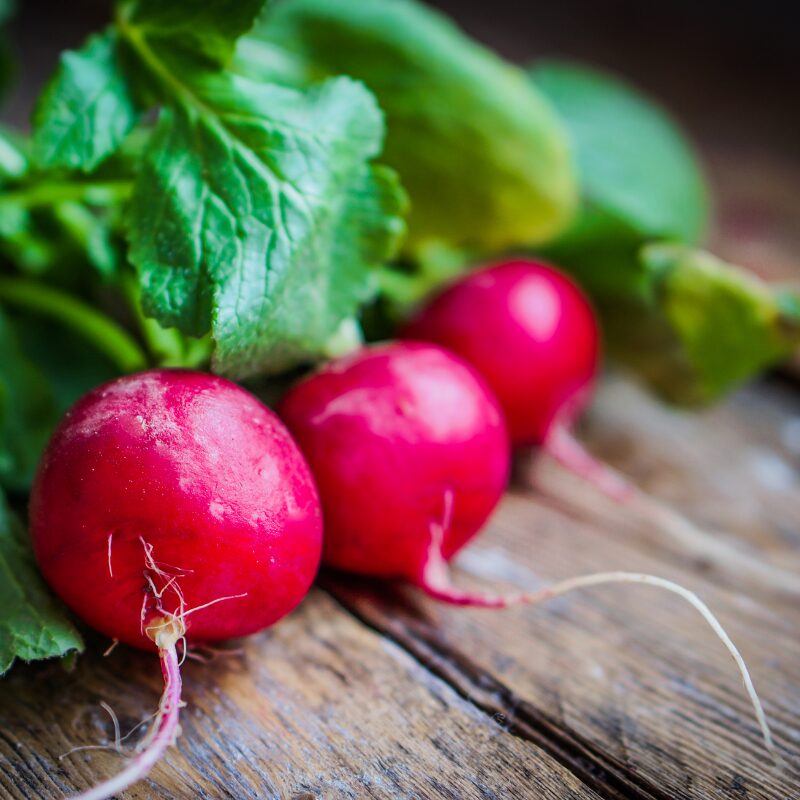
Radish – Sow radish seeds in the garden about 4 weeks before the last frost date in your area. No feeding necessary, but the soil should be fertile and well-drained. They are quick to mature so check them regularly. They are ready to harvest as soon as they are of edible size.
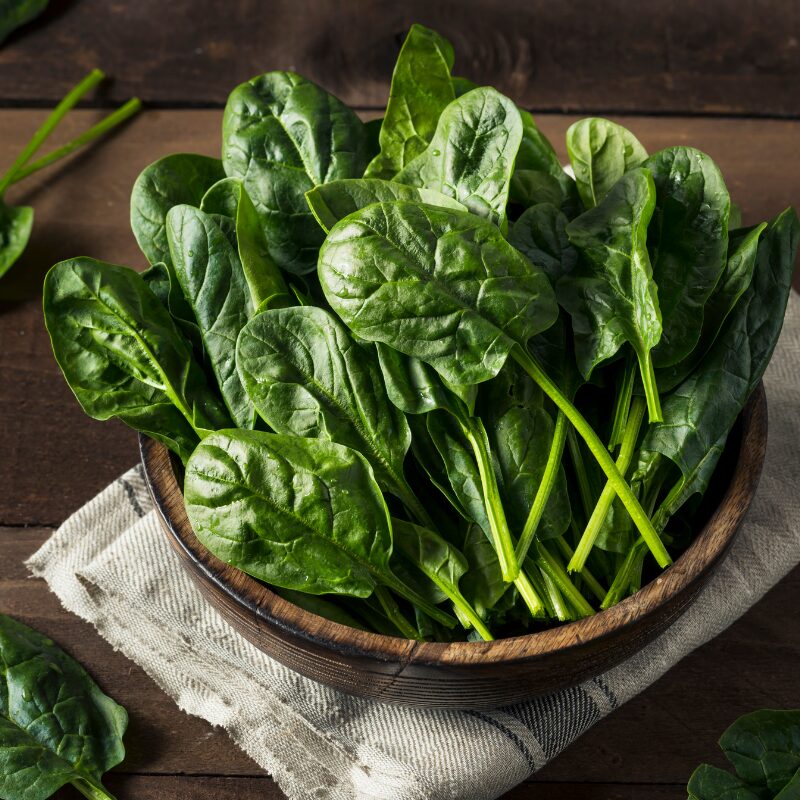
Spinach – Spinach seeds can be sown over frozen ground to germinate as the soil thaws. Transplants can be set out 4 weeks before the last frost date in your area. Fertilize when the plants are about 4 inches tall. Spinach prefers very fertile soil to encourage rapid growth and tender leaves. Once the days get long and warm it will bolt, meaning that it grows tall, blooms, and becomes bitter tasting.
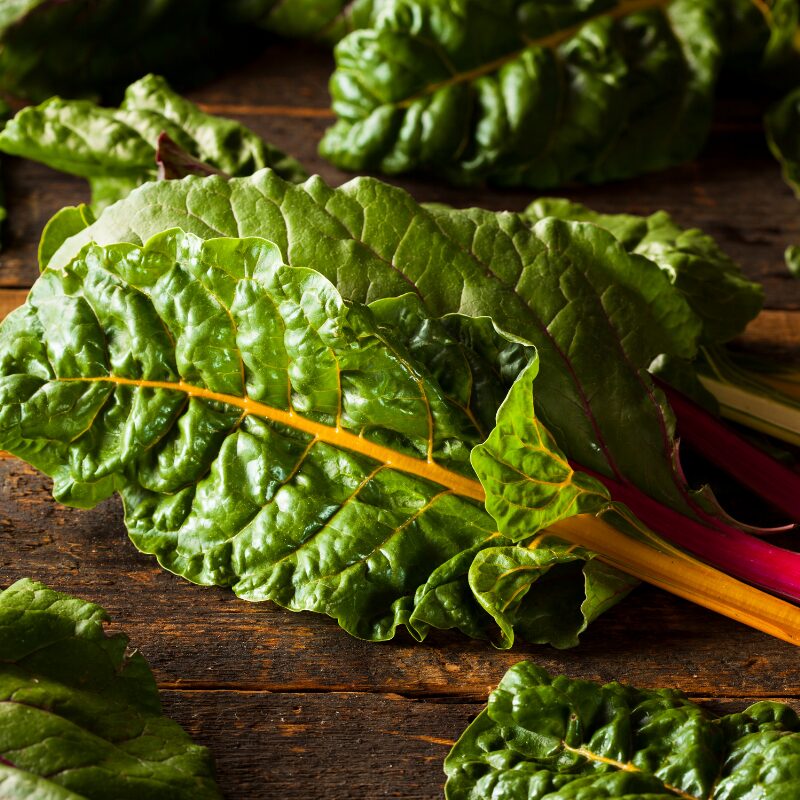
Swiss Chard – Swiss Chard is one of the more beautiful vegetables in the garden. Bright Lights and Ruby are favorites for adding color to the garden and the dinner table. Plant or sow seeds 2 weeks before the last frost date in your area. Thin to 6-inches apart when seedlings are 3-inches tall. Water regularly.
Protecting Your Cool Season Crop
Don’t be fooled by the “cold tolerant” tag these vegetables carry, they can still be wiped out by a sudden, severe drop in temperatures. To prevent this, you will need to cover them if a sudden cold snap is expected. We prefer to use a frost cover or an old bedsheet. Do not use plastic, this can harm the plants when the cold hits.
Know Your Last Frost Date
Don’t be fooled by the “cold tolerant” tag these vegetables carry, they can still be wiped out by a sudden, severe drop in temperatures. To prevent this, you will need to cover them if a sudden cold snap is expected. We prefer to use a frost cover or an old bedsheet. Do not use plastic, this can harm the plants when the cold hits.
Warm Weather Veggies You Can Start Now
Just because it is still cold outside doesn’t mean you can’t start planning your late Spring vegetable garden and the warm season crops you want to grow. Because tomatoes and peppers take longer to germinate than other crops, it is a good idea to start them from seed now. If you are unsure exactly when to start, take a look at the seed packet.
If you are starting these from seed indoors, here’s our guide.
New to growing vegetables? Read the first part of our ‘Vegetable Gardening’ Series to get you started from scratch.
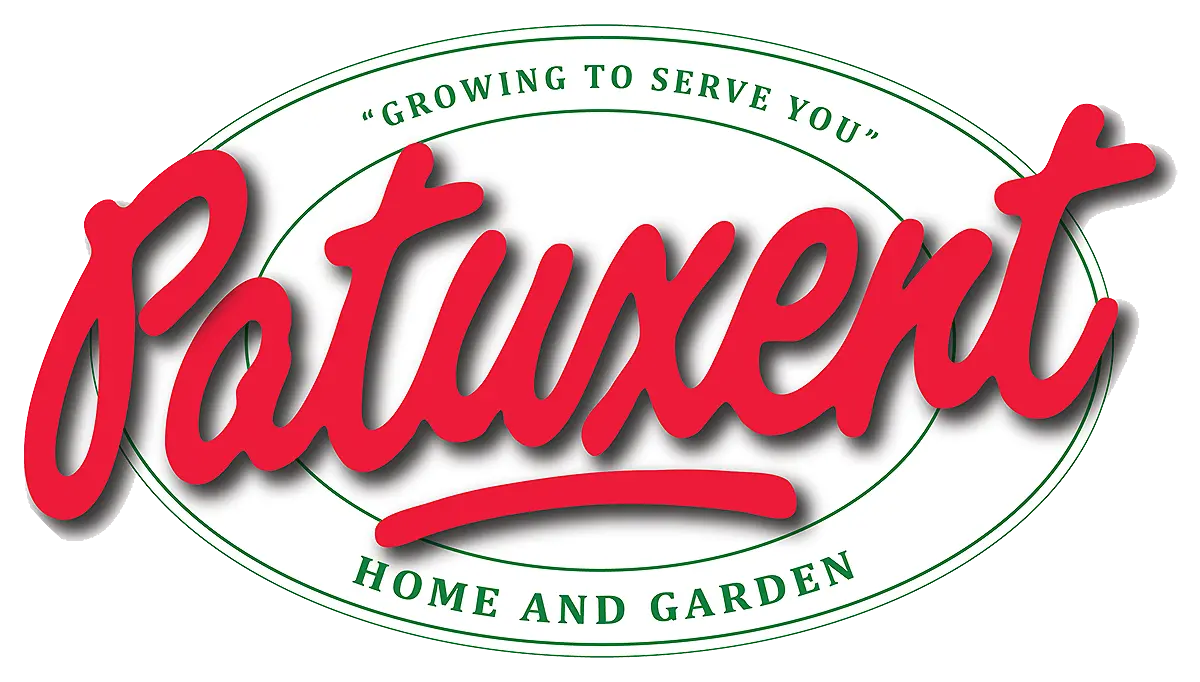
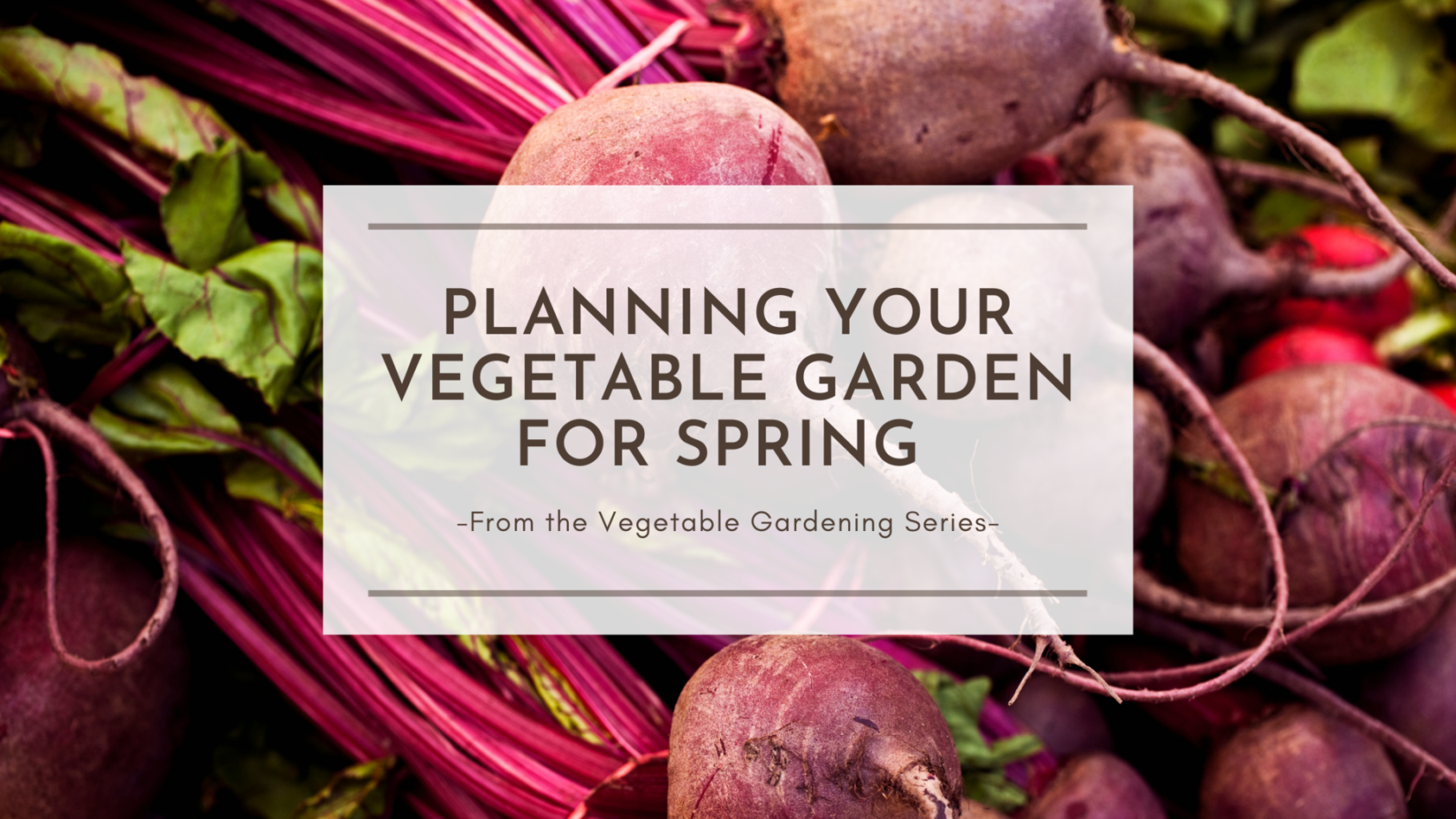
Leave a Comment
You must be logged in to post a comment.